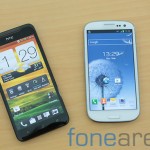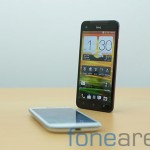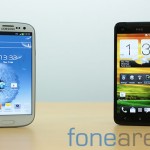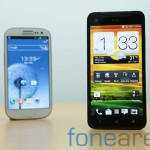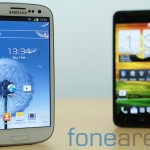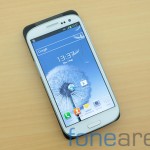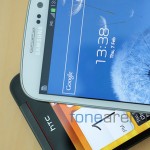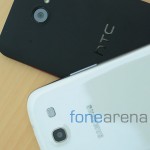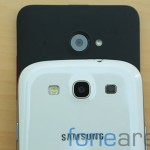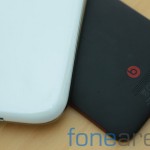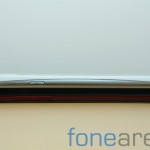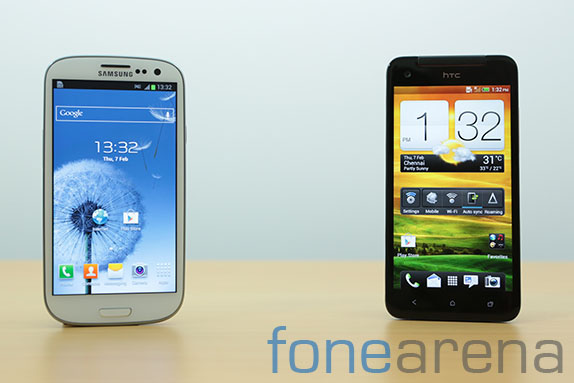
The HTC Butterfly is one of the first phones to sport a 1080p screen that is already available in the global market. It launched as the HTC Butterfly J in Japan, Droid DNA with Verizon in the US, but it’s essentially the same with minor differences, with one advantage of the global version being the inclusion of the micro SD expansion slot. So, we have been comparing the HTC Butterfly to other flagship devices like the Nokia Lumia 920, and it’s the turn of the Samsung flagship to be compared now, the Samsung Galaxy S3. The Galaxy S3 has been the long standing flagship of Samsung since it was introduced at an event in May 2012. The next iteration of the Samsung Galaxy S is set to be unveiled soon, which might make things more interesting between HTC and Samsung but as of now, we have one flagship to compare it to, and that is the Samsung Galaxy S3. In case you can’t wait, here is a in-depth video comparison between the two –
httpv://www.youtube.com/watch?v=HGtvpnLQEWo
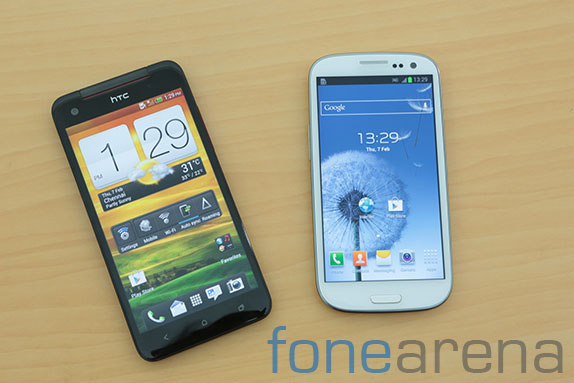
The Butterfly’s design philosophy contrasts with the Galaxy S3. With a soft touch back and a non removable battery cover, the sturdy body of the Butterfly helps in grip and feels nice in the hand. The Galaxy S3, for its price feels a little bit cheap with its use of plastic but definitely sturdy enough to hold its own in falls, and not break. The design on the other hand, is quite subjective. The butterfly resembles the One series, more closely with the One S, with its tall 16:9 aspect ratio screen and nice black scheme overall, in the black version of course.
The Butterfly weighs at 140g with a thickness of 9.08mm while the Galaxy S3 weighs at a 135g with a thickness of 8.9mm. With very similar dimensions, both these devices are very pocketable and feel very light in the hand, but it is important to note that the weight feels a bit lesser with the Butterfly because of a larger surface area when compared to the Galaxy S3. The thickness is almost the same and does not make a huge impact in the comparison.
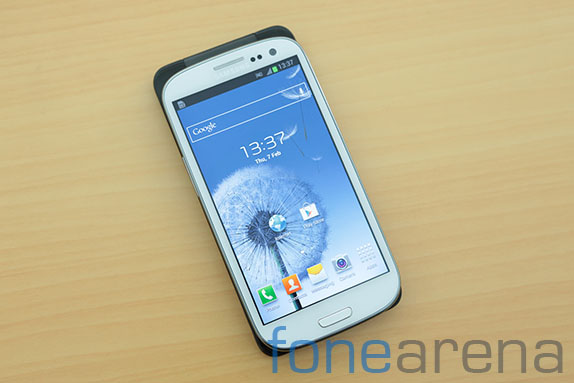
The display on the HTC Butterfly is the main USP of the device and it certainly justifies its existence. The 5 inch 1920×1080 SLCD3 display is one of the most gorgeous HiDPI displays we have ever seen with a pixel density of 440. The Galaxy S3 pales in comparison with a Pentile matrix 4.8 inch 1280×720 Super AMOLED HD display. While the colours are highly saturated and blacks are pitch dark on the Galaxy S3, the HTC shines with great colour accuracy and brightness, with way better screen readability. So, the Butterfly’s display is hands down way better than the Galaxy S3’s 720p Super AMOLED HD display. But it’s kinda unfair to compare the S3 with the Butterfly, as it is almost a generation old. The Galaxy S4 will definitely make things interesting.
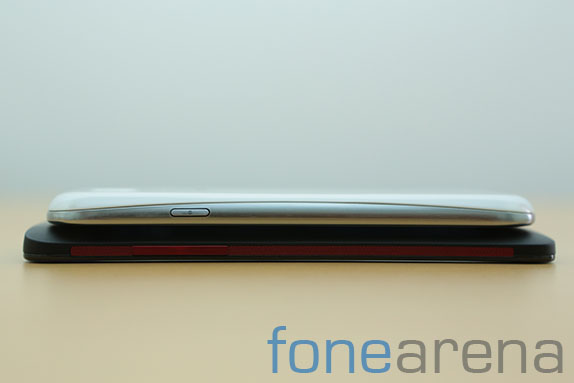
When the internal hardware is taken into account, there are a lots of differences between these two devices. The HTC Butterfly runs on a Qualcomm Snapdragon S4 PRO chipset with a 1.5 GHz quad core processor with Adreno 320 graphics powering the graphics and rendering the 1080p display. The Galaxy S3 runs on a quad core 1.4 Ghz Exynos chip with the Mail 400 GPU powering the graphics. In terms of pure raw performance, the Snapdragon Pro on the Butterfly really flies, with chart topping scores beating literally most competition in the market save for the incredibly powerful PowerVRSGX554MP4 GPU. Otherwise, real time day to day performance is as smooth as butter thanks to Android Jellybean and Project butter. However, it is funny to note that the Butterfly some time lags a bit here and there, which might be due to Sense and 1080p baggage? We think so. Otherwise, it’s just as fast, and both these phones are very capable performers.

In the camera department, both the phones have a 8 megapixel camera with a BSI sensor, but there are some reasonable differences. The Butterfly almost has the same camera unit as the One X, with a f2.0 lens and the Imgesense dedicated imaging chip for fast performance. The Galaxy S3 has a f2.6 lens and just like the Videoclip feature using ImageSense, the S3 too can take pictures while recording video. However the S3 doesn’t have as fast a shutter as the Butterfly. In terms of quality, the S3 is better because of the insanely effective algorithms from Samsung for Android’s camera system and a effective UI with a lot of options. The Butterfly can take decent photos but the sharpening is way too much even in day light photos which makes the S3 seem better in quality. Both phones can record 1080p video and stereo audio. The quality however is not much of a difference.
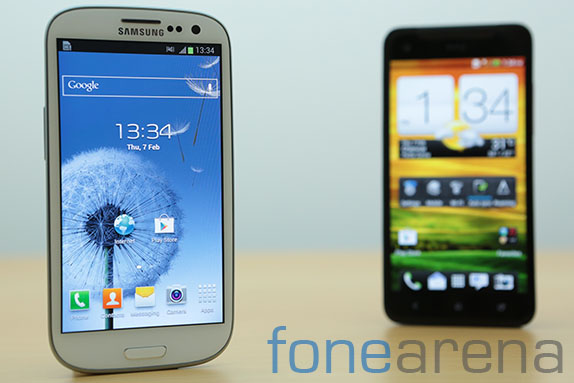
In the end, it comes down to the software. Both the phones run on Android 4.1.1 JellyBean, which brought the amazing virtual personal assistant Google Now, and project butter which fixed the most annoying feature of Android since its beginning – the lag. The Butterfly though runs a custom HTC modified skin on top, Sense 4+ and the S3 runs the Touchwiz Nature UX on top of Android. Both these interfaces are very different in terms of UI as well as experience. The touchwiz is more flexible with a lot of utilities, widgets and shortcuts in the notification panel making it most useful but ugly, whereas the Sense is beautiful and aesthetic with lots of beautifully animated widgets and a nice lockscreen but lacks the customisability and the utility of the Touchwiz UI. Both are equally good in their own respect and in the end it is just upto user preference.
Eventhough this is not a fair comparison, with the next generation Galaxy S slated to be coming soon in a few months, the HTC Butterfly being the first 1080p phone deserves a fair shake and the Galaxy S3 is still a very good phone, worthy enough to be compared to the Butterfly. You can watch the video above, to get more in-depth information about these two devices in comparison.
So, that’s it for the comparison, do let us know your thoughts and opinions in the comments section below and check out our YouTube channel for more comparison videos!
P.S More photos below

